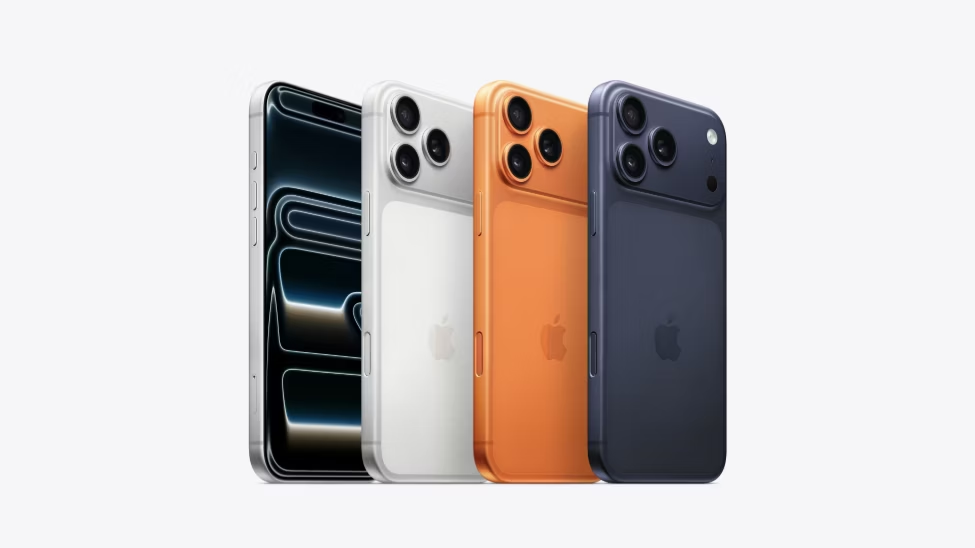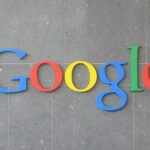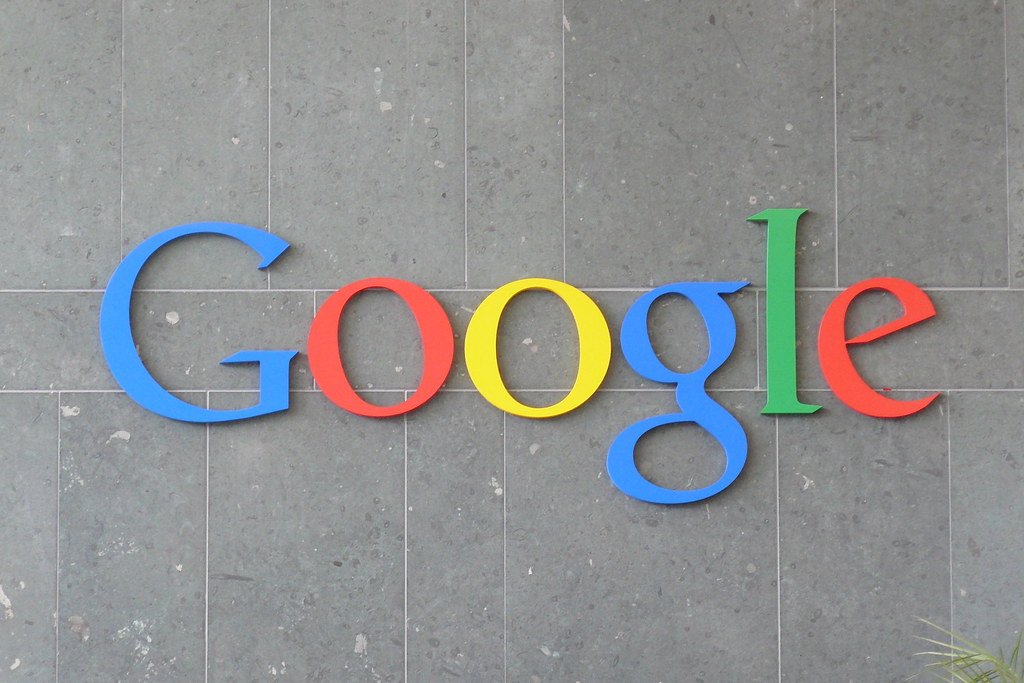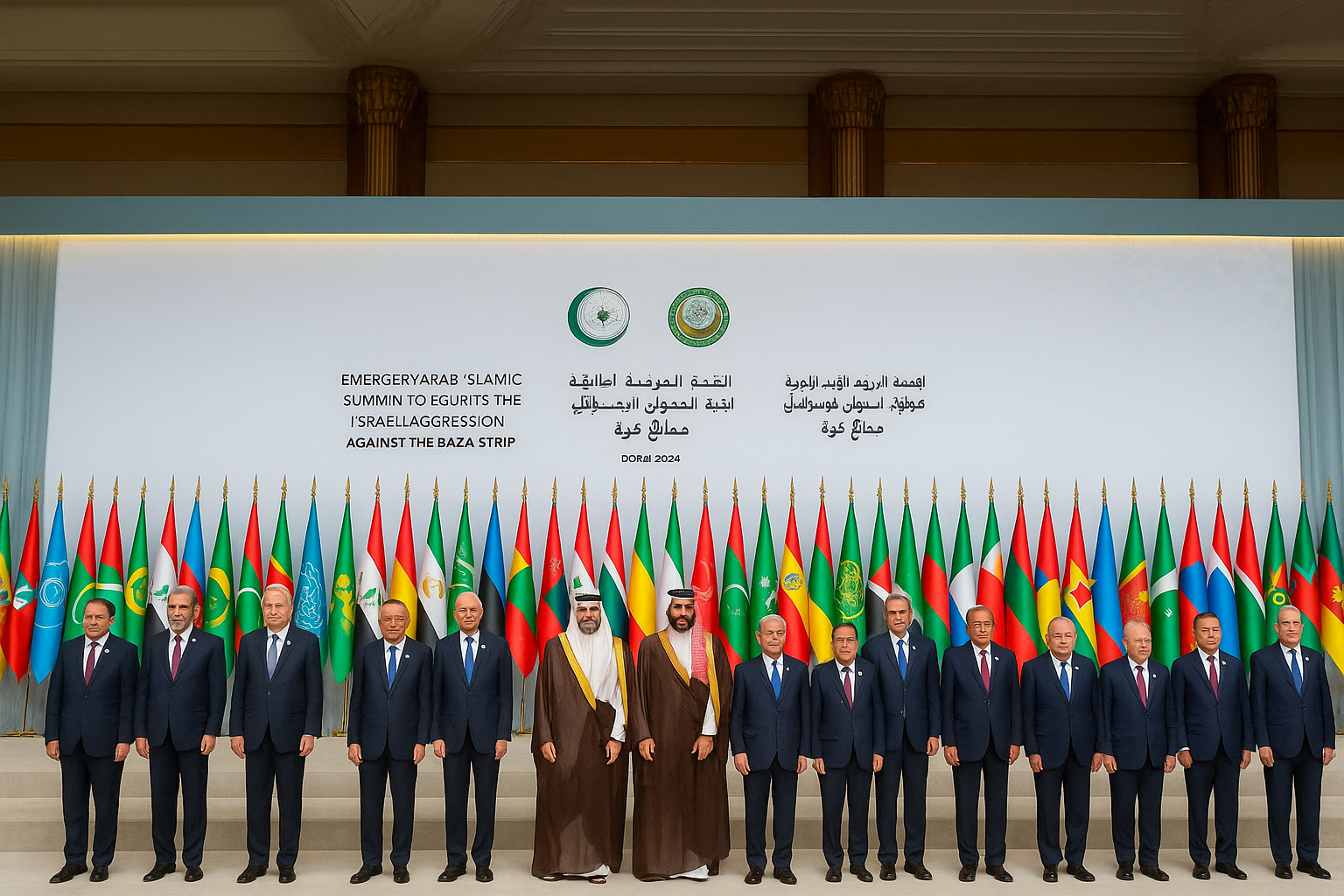The Silicon Valley powerhouse conducted its annual iPhone release event amidst increasing pressures: the White House is urging the company to lessen its reliance on Chinese manufacturing, while investors are questioning whether Apple is genuinely prepared for the AI era. Compounding these difficulties, the company is encountering challenges from President Donald Trump’s elevated tariff policies. Since the Republicans assumed office in January, Apple shares have declined by more than three percent. In light of this situation, Apple is wagering on a product that it anticipates will ignite a super-cycle of iPhone purchases and reverse the trend of customers retaining their devices for longer periods before upgrading. “The event illustrates Apple navigating around the core of the AI arms race while establishing itself as a long-term innovator in the AI hardware sector, focusing on silicon and device-level integration,” stated Emarketer analyst Gadjo Sevilla. To rejuvenate its brand, Apple unveiled the iPhone 17 Air, which CEO Tim Cook described as “a total game changer.” Measuring just 5.6mm thick (less than a quarter inch), the $999 device is equipped with Apple’s new A19 Pro processor — the most powerful iPhone chip to date — and promises all-day battery life with up to 40 hours of video playback. The Air is added to Apple’s more conventional lineup, which includes the premium iPhone Pro 17, the company’s most costly and highest-performing model. While all new devices feature generative AI technology, Apple did not make any significant announcements regarding the expansion of its AI capabilities beyond updates to existing features in its “Apple Intelligence” suite. The company’s AI initiative has struggled to gain momentum since the launch of “Apple Intelligence” late last year. Users have expressed particular disappointment with enhancements to Siri, which remains surprisingly basic despite years of commitments. Apple is reportedly planning to incorporate AI into online search next year and revamp Siri, although the company has not verified these claims. The tech giant is also rumored to be collaborating with Google to leverage its search capabilities.
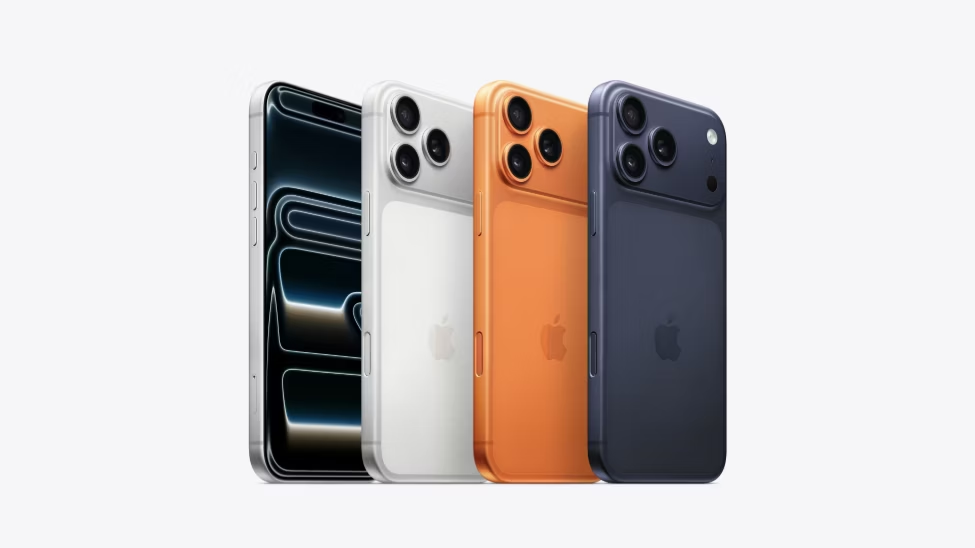
In order to effectively distinguish itself and outperform its competitors, Apple must successfully implement AI as a new contextual user interface on its devices,” stated Forrester analyst Thomas Husson in a recent note. “The execution of such an ambitious AI strategy will require time. It is unlikely to materialize before next year, potentially coinciding with the iPhone’s 20th anniversary in 2027,” he further commented. Transition to iPhone Air Industry analysts view the iPhone Air as a strategic shift, with Apple emphasizing an ultra-thin design — rather than larger screens — as its new premium selling feature. The ultra-slim design may also set the stage for Apple’s long-anticipated foldable iPhone, which is expected to debut as soon as next year. Competitors like Samsung and China’s Huawei have already launched foldable smartphones. Nevertheless, engineering such slender devices poses challenges: increased production costs and limited battery space, although Apple asserts that the iPhone 17 Air can achieve a 24-hour battery life when fully charged. Despite tariffs that elevate production costs, Apple has maintained the same pricing for the iPhone models compared to last year — a decision that could potentially pressure profit margins. Cook disclosed in July that Trump’s tariffs resulted in an $800 million cost to Apple in the last quarter, with an anticipated impact of $1.1 billion expected in the current quarter. Following the announcement of pricing details, Apple shares declined by 1.40%, reflecting investor apprehensions regarding the company’s capacity to sustain its profit margins. Additionally, Apple unveiled the AirPods Pro 3, which feature improved noise cancellation and real-time translation capabilities, alongside the Apple Watch Series 11, which boasts 5G connectivity, extended battery life, and heart health monitoring features pending regulatory approval.
Published by NENAgency — delivering reliable news and informed perspectives

